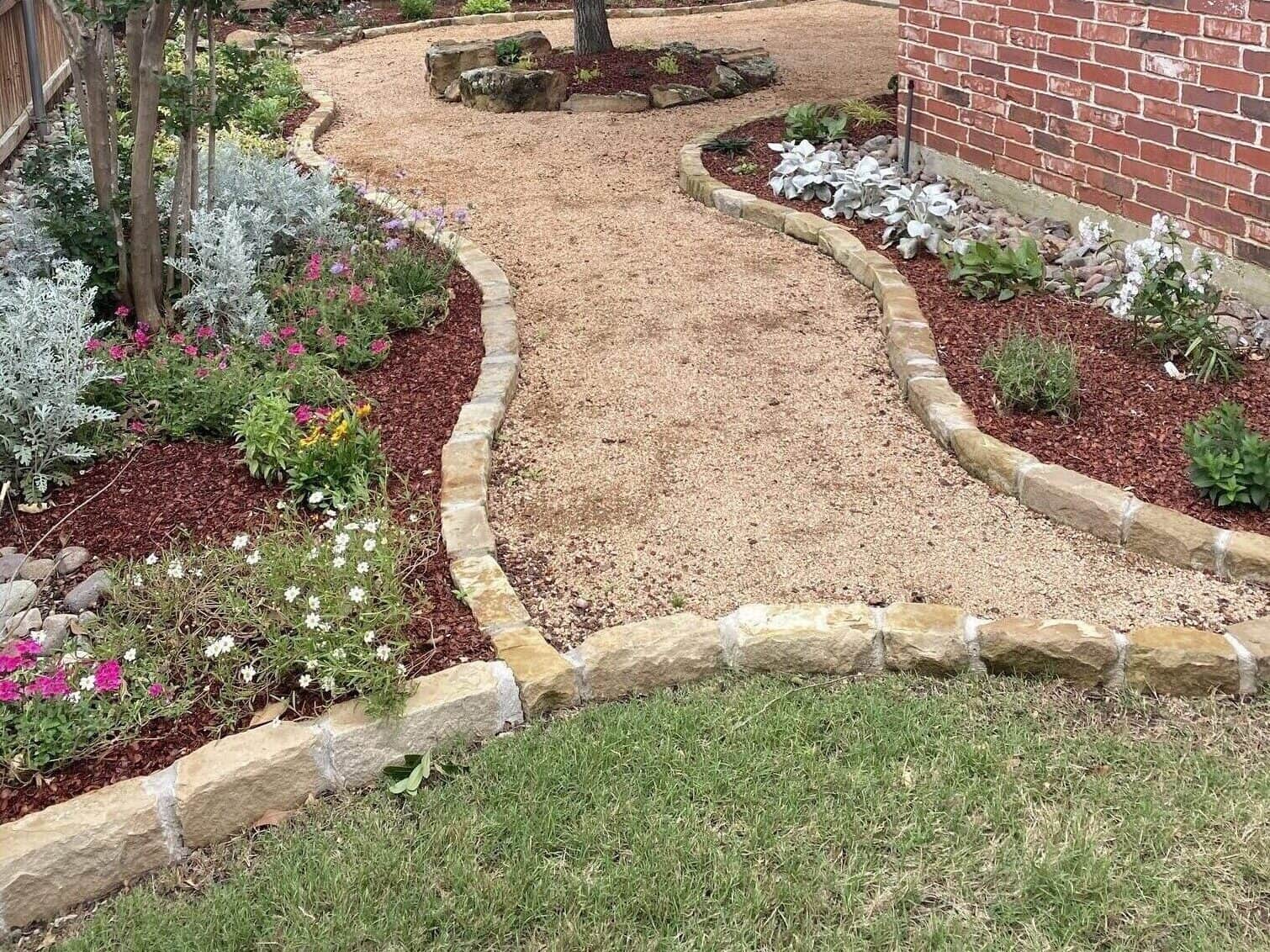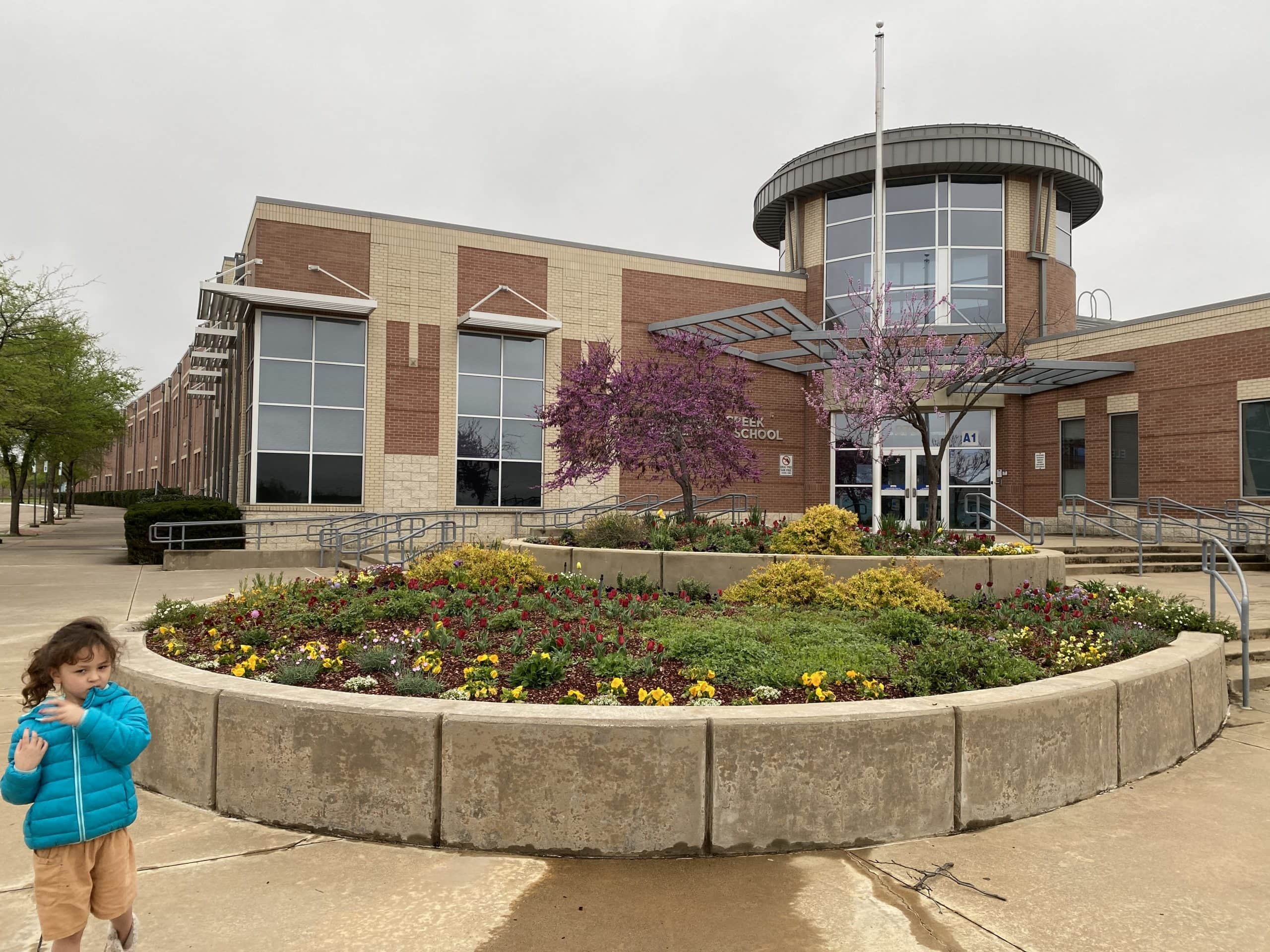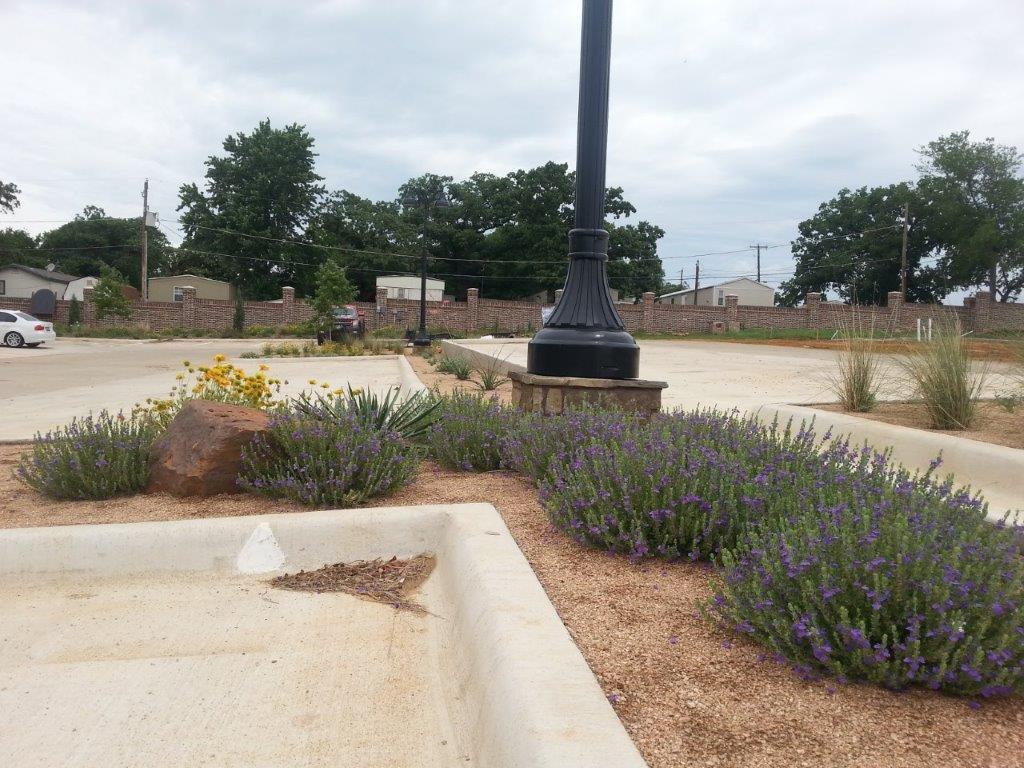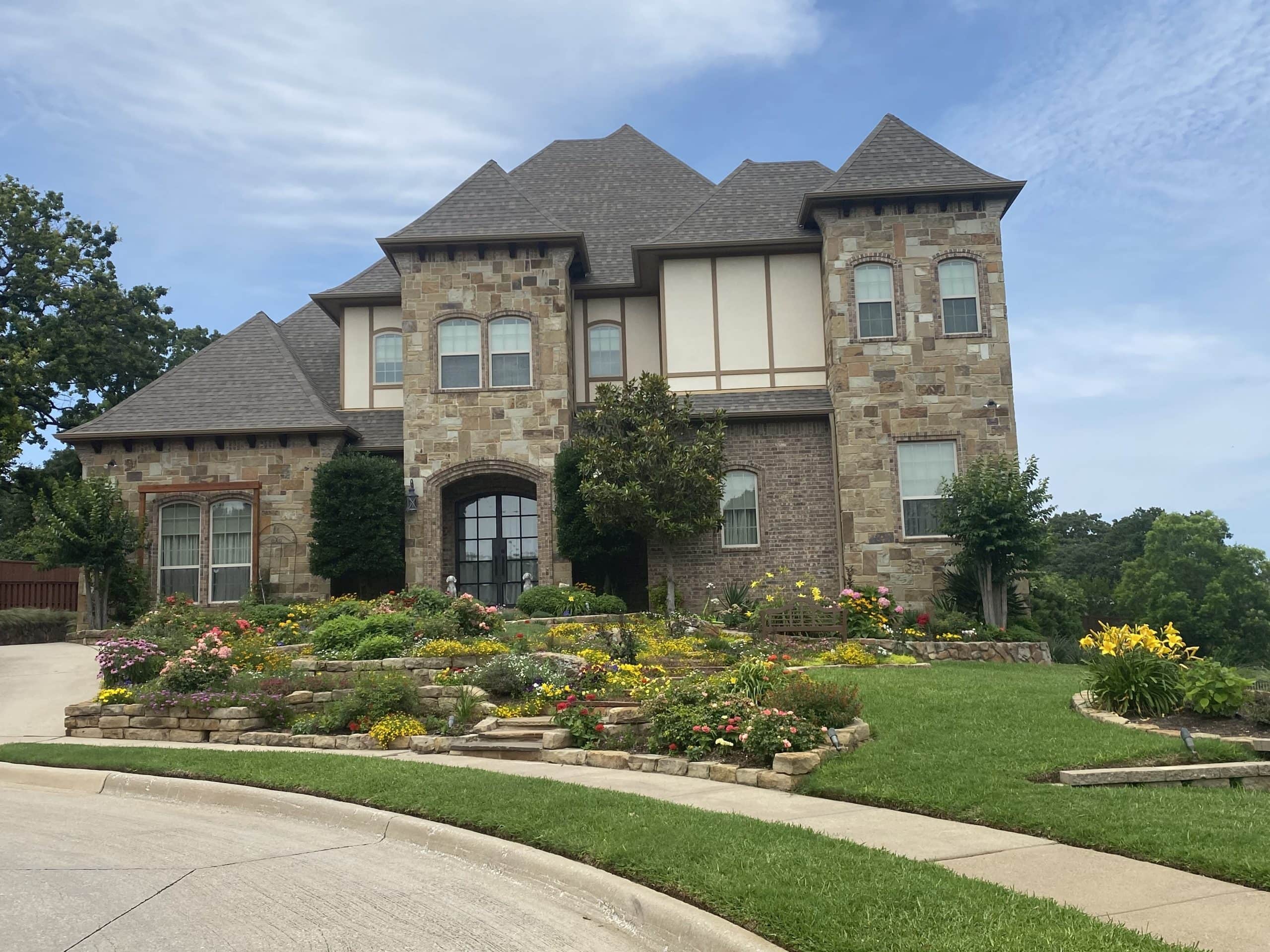The Walkabout Way

WALKABOUT WAY
Creating low-maintenance, environmentally friendly landscapes that provide year-round interest. This is achieved by marrying the hardscape design elements with compatible plant species resulting in an aesthetic-ally pleasing landscape setting.
WALKABOUT METHODOLOGY
Developing a landscape design theme based on the client’s desired use and finished visual layout. A careful study and analysis of on-site realities/challenges that will need to be resolved to achieve the desired outcome. Oftentimes, perceived problems can be an integral part of the design. Such as creating a dry creek to channel surface drainage into, or utilizing topographical change to add three dimensional interest via terraced planters.
Integrating these potential elements as part of the hardscape framework that will provide the aesthetic setting for proposed plant species is the key to the design process.


A LOW MAINTENANCE LANDSCAPE
The most common misconception about a low-maintenance landscape is that native plants must be at the core of the design. Walkabout Landscape utilizes a broad spectrum of native and climatically adapted plant species that are drought-tolerant, offer long-bloom cycles, resistant to insect/disease, and require minimal regular care.
The critical factor is to let the design guide your plant selections and to make sure that the proposed plantings will be compatible-i.e. low water use, sun/shade exposure, etc.. Finally, proportionality is one of the most overlooked considerations when choosing plants. How big will these plants get? This will determine the amount of regular maintenance needed (pruning, hedging, etc..) ; otherwise, you will end up with the same repetitive look that typifies most landscapes-clipped squares and balls.
SINGLE PLANT DOMINANACE
Avoid overreliance on a single plant species. A good example of this are the Knockout Roses that became all the rage and were planted en masses. Then came Rosette disease and, well, knocked them out ! This was an expensive lesson learned, particularly for cities/municipalities where Knockout Roses comprised more than 50% of the plantings. The old adage, “Don’t put all your eggs in one basket” should have been remembered.


WALKABOUT WAY
Creating low-maintenance, environmentally friendly landscapes that provide year-round interest. This is achieved by marrying the hardscape design elements with compatible plant species resulting in an aesthetic-ally pleasing landscape setting.

WALKABOUT METHODOLOGY
Developing a landscape design theme based on the client’s desired use and finished visual layout. A careful study and analysis of on-site realities/challenges that will need to be resolved to achieve the desired outcome. Oftentimes, perceived problems can be an integral part of the design. Such as creating a dry creek to channel surface drainage into, or utilizing topographical change to add three dimensional interest via terraced planters.
Integrating these potential elements as part of the hardscape framework that will provide the aesthetic setting for proposed plant species is the key to the design process.

A LOW MAINTENANCE LANDSCAPE
The most common misconception about a low-maintenance landscape is that native plants must be at the core of the design. Walkabout Landscape utilizes a broad spectrum of native and climatically adapted plant species that are drought-tolerant, offer long-bloom cycles, resistant to insect/disease, and require minimal regular care.
The critical factor is to let the design guide your plant selections and to make sure that the proposed plantings will be compatible-i.e. low water use, sun/shade exposure, etc.. Finally, proportionality is one of the most overlooked considerations when choosing plants. How big will these plants get? This will determine the amount of regular maintenance needed (pruning, hedging, etc..) ; otherwise, you will end up with the same repetitive look that typifies most landscapes-clipped squares and balls.

SINGLE PLANT DOMINANACE
Avoid overreliance on a single plant species. A good example of this are the Knockout Roses that became all the rage and were planted en masses. Then came Rosette disease and, well, knocked them out ! This was an expensive lesson learned, particularly for cities/municipalities where Knockout Roses comprised more than 50% of the plantings. The old adage, “Don’t put all your eggs in one basket” should have been remembered.
Copyright © Walkabout Landscape Site Idealgrowth
